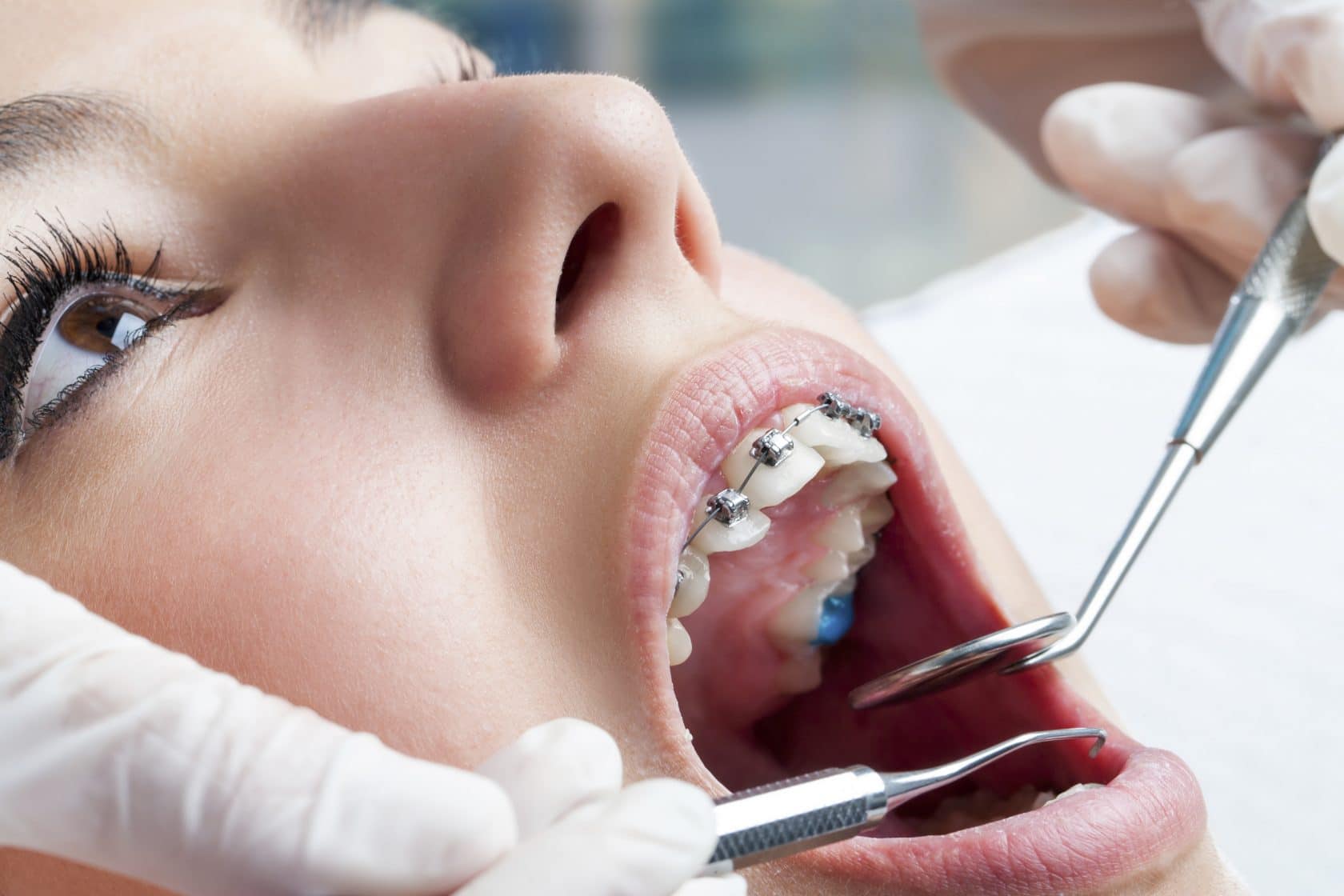Picking the very best Cumming Orthodontics for Effective Braces and Aligners Solutions
Comprehensive Overview to Orthodontics Treatments for Dealing With Oral Misalignments
Understanding the details of each procedure, including their mechanisms, benefits, and possible drawbacks, is critical in making educated choices concerning one's orthodontic therapy. As we navigate via the extensive overview to orthodontic procedures for dealing with oral imbalances, the intricate information of each technique will certainly unfold, dropping light on the course towards a functional and harmonious dental alignment.
Orthodontic Procedures Review

In enhancement to clear aligners and conventional dental braces, orthodontists may additionally suggest various other treatments like headwear, palatal expanders, or retainers to resolve details placement issues (orthodontist). These procedures are customized to each individual's unique requirements and may involve a combination of treatments to accomplish the wanted outcomes. Normal changes and surveillance are vital components of orthodontic therapy to ensure progress gets on track and to make any needed modifications along the road. By undergoing orthodontic procedures, patients can not just accomplish a straighter smile but also improve their total dental health and wellness and function.
Conventional Dental Braces: Just How They Work
When thinking about orthodontic treatments for dental imbalances, standard dental braces stand out as a tried and true method for remedying teeth positioning. Typical braces consist of brackets, cables, and bands that collaborate to apply constant stress on the teeth, progressively relocating them right into the desired placement. The braces are affixed to the teeth making use of a special adhesive, and the wires are threaded with the brackets. By readjusting the stress of the wires, orthodontists can manage the instructions and pressure put on each tooth, assisting them right into appropriate alignment with time.
As stress is applied to the teeth through the braces, the bone bordering the teeth is improved to support the new tooth positions. Individuals will require regular adjustments at the orthodontist's workplace to ensure the braces continue to apply the correct stress for effective teeth activity.
Unseen Aligners: Pros and Cons
These clear, personalized trays are practically unseen when worn, making them an enticing alternative for individuals looking for a much more cosmetically pleasing orthodontic treatment. People can remove the aligners prior to eating or brushing their teeth, decreasing the threat of food getting stuck in the appliance and simplifying the cleaning process.

Surgical Orthodontic Options
Surgical interventions in orthodontics existing practical alternatives for addressing complex dental imbalances that may not be successfully dealt with through traditional orthodontic therapies. While unseen aligners and standard dental braces can fix numerous orthodontic issues, certain situations need medical treatment to attain optimum results. Surgical orthodontic alternatives are normally advised for severe malocclusions, considerable jaw disparities, and situations where the underlying bone structure needs adjustment to attain appropriate positioning.
One common medical orthodontic procedure is orthognathic surgery, which entails rearranging the jaws to fix functional problems such as trouble chewing or talking. This surgery is often performed in cooperation with an orthodontist who aids line up the teeth before and after the procedure. Surgical orthodontics may additionally entail treatments to subject influenced teeth, eliminate excess periodontal cells, or reshape the jawbone to develop a more harmonious face profile.
Prior to thinking about medical orthodontic alternatives, patients undertake a thorough examination to identify the need and possible advantages of such interventions. cumming braces. While surgery may seem daunting, it can considerably boost both the feature and looks of the smile in instances where conventional orthodontic therapies fall short
Retainers and Post-Treatment Care

Post-treatment treatment includes complying with the orthodontist's directions carefully. This may consist of correct oral hygiene techniques, attending follow-up visits, and wearing the retainers as recommended. Failing to abide by post-treatment care directions can result in relapse, where the teeth progressively return in the direction of their original positions. Regular retainer wear, excellent dental hygiene, and normal oral exams are necessary for keeping the outcomes attained via orthodontic surgical procedure and making sure the long-term stability of the corrected dental alignment.
Conclusion
In final thought, orthodontic procedures use different alternatives for remedying oral misalignments. Typical braces utilize steel braces and cords to move teeth into appropriate alignment. Unnoticeable aligners offer an even more discreet choice however might not appropriate for all situations. Surgical orthodontic options are available for much more extreme imbalances. Retainers are commonly you could try these out utilized post-treatment to maintain the new placement. Generally, orthodontic procedures can effectively boost oral health and wellness and aesthetic look.
As we navigate with the detailed overview to orthodontic procedures for remedying oral imbalances, the elaborate details of each technique will unravel, losing light on the path toward a functional and harmonious oral alignment. - braces
One of the most typical orthodontic therapies is the use of dental braces, which are composed of metal braces and cables that use mild pressure to slowly change teeth into the wanted setting.When considering orthodontic treatments for dental imbalances, traditional braces stand out as a reliable technique for correcting teeth placing. Furthermore, unseen aligners may not be ideal for intricate orthodontic concerns that need even more considerable teeth movement, as they are typically advised for light to modest situations. Retainers are tailor-made orthodontic tools made to hold teeth in their fixed placements after the completion of orthodontic treatment.